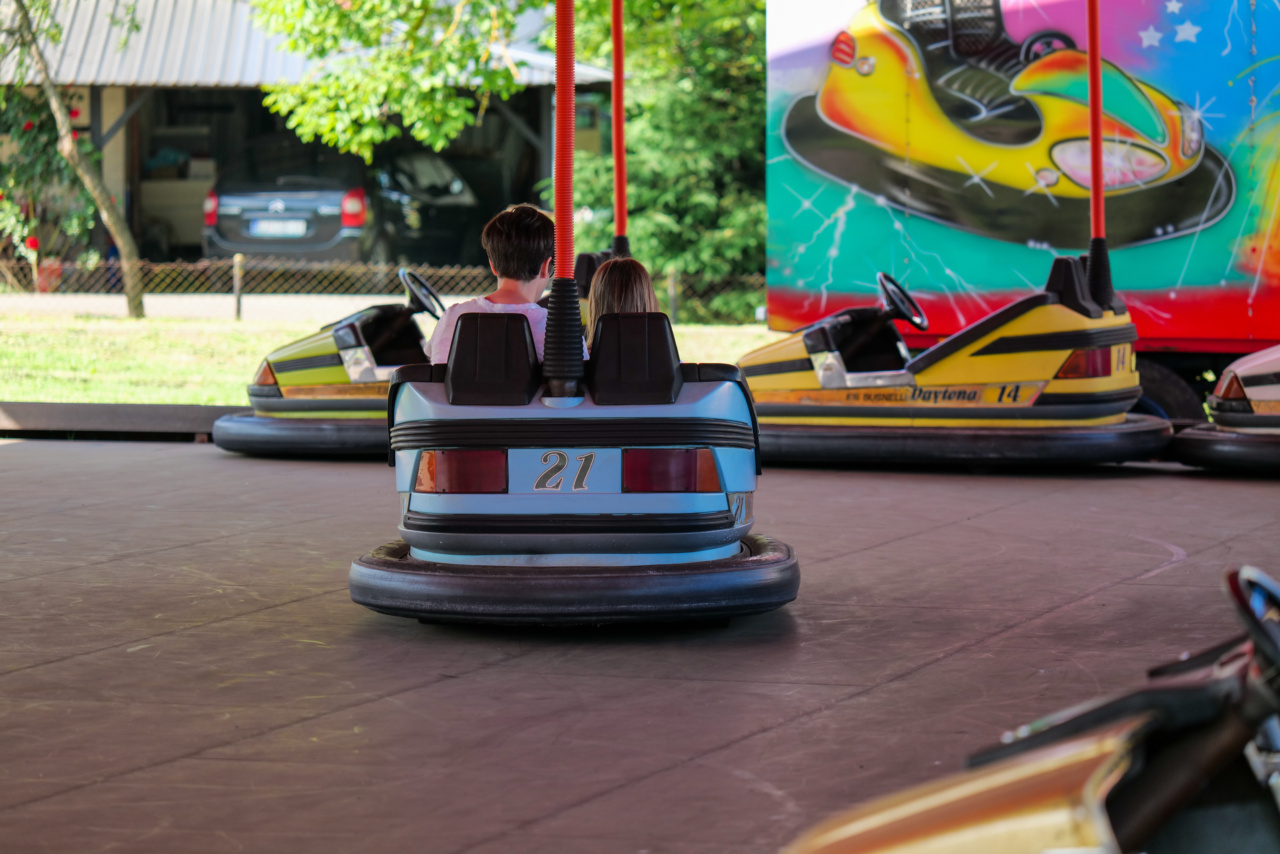Children are often fascinated by shiny and extravagant toys. From high-tech gadgets to the latest gaming consoles, these lavish toys have become increasingly popular in recent years.
However, while they may seem like a dream come true for kids, there are several downsides to indulging in these extravagant playthings. In this article, we will explore the negative consequences of lavish toys for kids and the importance of finding a balance between fun and simplicity.
1. Financial Burden
One of the primary downsides of lavish toys is the financial burden they impose. These extravagant playthings often come with exorbitant price tags that can put a strain on the family budget.
Parents may find themselves sacrificing other essential needs or plunging into debt to fulfill their children’s desires for the latest high-end toys, leading to financial stress and instability.
2. Materialistic Outlook
Lavish toys can also foster a materialistic outlook in children. By constantly exposing them to luxury and excess, these toys can create a sense of entitlement, where children expect to have everything they desire, regardless of the cost or value.
This can lead to a distorted perception of the importance of material possessions and a lack of appreciation for simpler joys in life.
3. Lack of Creativity
Many lavish toys are designed to be highly interactive and entertaining. While they may provide immediate satisfaction and amusement, they often leave little room for creativity and imagination.
Unlike traditional toys that encourage open-ended play and problem-solving, lavish toys tend to offer pre-programmed experiences, limiting a child’s ability to think creatively and independently.
4. Reduced Social Interaction
Lavish toys, particularly those that are technology-driven, can contribute to a reduction in social interaction among children.
When engrossed in their high-tech gadgets, kids may prefer to spend time alone, exploring virtual worlds or engaging with digital content. This can result in a decreased desire to interact with their peers, leading to difficulties in developing crucial social skills and fostering healthy relationships.
5. Unrealistic Expectations
Exposure to lavish toys can create unrealistic expectations in children. The constant bombardment of advertisements and peer pressure to own the latest and greatest can lead to a sense of dissatisfaction with what they have.
Kids may begin to compare themselves to others based on the toys they possess, setting unrealistic standards and perpetuating a cycle of dissatisfaction and unfulfilled desires.
6. Environmental Impact
The production and disposal of lavish toys often have a significant environmental impact. These toys typically require a considerable amount of resources to manufacture, leaving behind a large carbon footprint.
Additionally, once these toys are discarded, they contribute to the growing problem of waste accumulation, as many of them are made of non-biodegradable materials. Consequently, indulging in lavish toys contributes to the degradation of our planet.
7. Short-lived Entertainment
Despite their shiny appeal, lavish toys often provide short-lived entertainment. As new toys emerge in the market at an alarming rate, the excitement and novelty surrounding these extravagant playthings tend to fade quickly.
Children may become bored and disinterested soon after acquiring the toy, leaving it neglected and forgotten. This short-lived entertainment value further reinforces the cycle of needing to constantly obtain the latest toy to maintain interest.
8. Reinforcement of Stereotypes
Many lavish toys perpetuate gender and societal stereotypes. Pink, princess-themed toys are often marketed to girls, while action figures and construction sets are targeted towards boys.
By limiting toy choices based on gender, children are indirectly encouraged to conform to societal expectations and predefined roles. This can hinder the development of diverse interests and skills, and reinforce harmful stereotypes from an early age.
9. Lack of Physical Activity
While lavish toys may captivate a child’s attention, they often fail to promote physical activity. Many of these gadgets and devices require minimal movement, contributing to a sedentary lifestyle.
The absence of physical play can have detrimental effects on a child’s health and overall development, leading to an increased risk of obesity, poor motor skills, and other related health issues.
10. Excessive Parental Pressure
The pressure from parents to provide lavish toys can be overwhelming. In an era where social status is often correlated with material possessions, parents may feel compelled to meet the expectations set by their peers or society.
This pressure can translate into stress and anxiety, as well as a diversion of focus from other important aspects of parenting, such as quality time spent with their children or promoting their overall well-being.
Conclusion
While lavish toys may appear enticing and exciting for children, it is crucial for parents to consider the negative consequences that come with indulging in these extravagant playthings.
The financial burden, materialistic outlook, lack of creativity, reduced social interaction, unrealistic expectations, environmental impact, short-lived entertainment, reinforcement of stereotypes, lack of physical activity, and excessive parental pressure are all significant downsides that need to be considered. Striking a balance between providing enjoyable toys and fostering a simpler, more mindful approach to play can significantly benefit a child’s overall development and well-being.































